The Koshino Family: Reinventing Fashion over the Generations
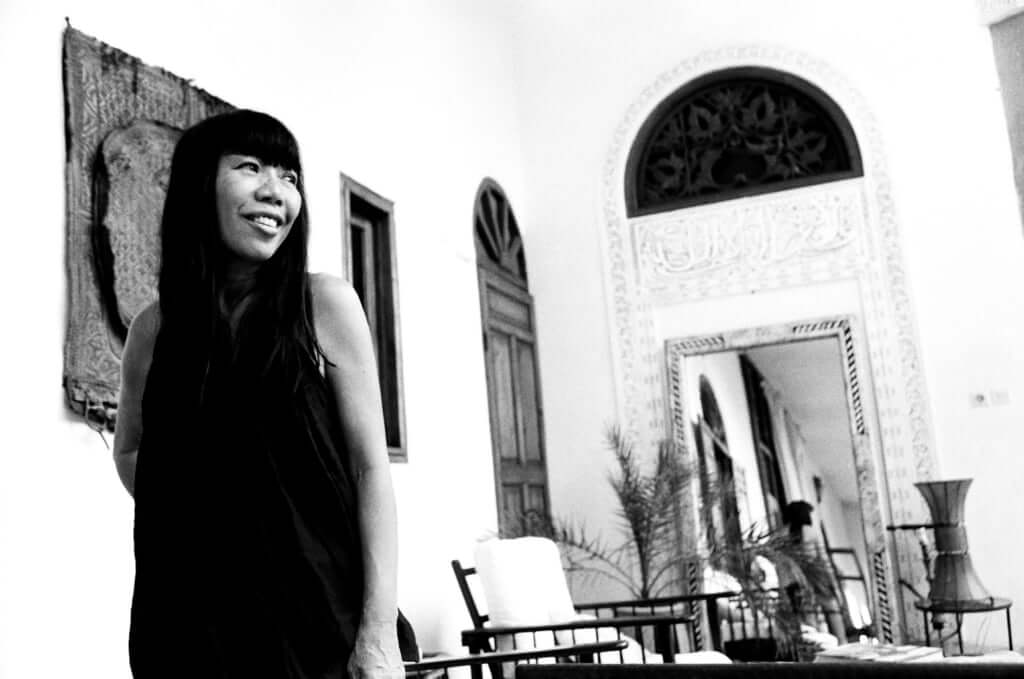
Does talent run in the family? This question is extremely relevant in the case of the Koshino family. The three sisters, Hiroko, Michiko and Junko, seem to have followed in the footsteps of their late mother, Ayako. The latter, the daughter of a kimono seller, became one of the most important stylists in Japan.
In the 1940s, Ayako Koshino’s husband was killed on the front line during the Second World War. After a long period of mourning, Ayako, a real force of nature, decided to bring up her three daughters on her own. ‘After the war, we had nothing apart from a sewing machine, which became the magic wand which turned our dreams into a reality’, she revealed to AFP. It was only a few years later that she realised that sewing would be the key not only to her own success, but also to that of her three daughters.
The figurehead of Japanese fashion in the 1980s, Ayako Koshino carved out an avant-garde style with conceptual cuts which combined Western and Asian influences. Her fluid silhouettes aimed to liberate the Japanese woman from the tightness and confinement of kimonos. The designer evolved alongside Issey Miyake and Kansai Yamamoto, just before Japanese fashion really took off on the international stage. Years later, at the end of her career, she made it her principal mission to dress elderly women, who she described in frank terms as ‘fashion rejects’. She would continue to work towards this new challenge right up until her death on 26th March 2006.
4 women, 4 stylists
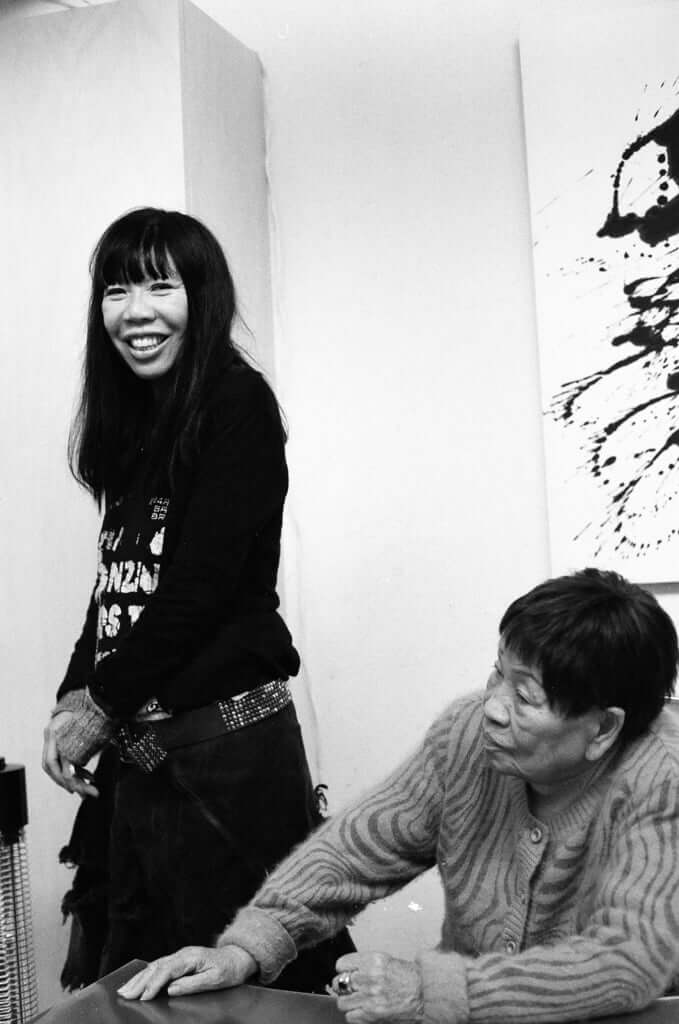
Ayako Koshino raised her three children with a sewing machine by her side. Her daughters were all nourished by her art and philosophy for life, which involved ‘liberating Japanese women’ who, until now, had been confined to their traditional kimono. Ayako stated that she never pushed her daughters to become stylists too, but Hiroko, Michiko and Junko all decided to pay homage to their mother by continuing to explore all aspects of fashion.
After completing her studies at Bunka Fashion College, the eldest sister, Hiroko Koshino, was initially discovered in Rome and then in Paris in 1982 thanks to her runway shows, which were designed like exhibitions. Her silhouettes revealed fluid lines, one of the main characteristics of her creations. She now splits her time between France and Japan.
Junko, who also studied at Bunka Fashion College and indeed was a classmate of Kenzo Takada, is known for her role as a ‘convention breaker’. With the same aim as her mother, the designer focuses her work on the ‘reinvention of the Japanese woman’ by creating modern kimonos which are at the intersection between the traditional Japanese costume and long western dresses. Using coloured, heavily patterned fabrics, Junko breaks codes and conventions all whilst retaining the very essence of Japanese culture. Her floaty fabrics have seduced numerous institutions including the Guimet Museum in Paris, which regularly celebrates her art.
Lastly, Michiko, the youngest sister, is without doubt the best known of the three. She settled in the UK and made a name for herself in the 1980s, when music, fashion and clubbing were a single entity. Inspired by the punk aesthetic and London’s underground scene and its eccentric nature, Michiko attracted fans thanks to her innovative approach, her originality and the quality of her pieces. Now, her eponymous brand, which offers streetwear and unisex silhouettes, has carved out a solid reputation for itself thanks to its labels Yen Jeans, Roi Motor and Michiko London.
Did the sisters inherit the same creative gene? Probably, even though their mother would say that the success of her three daughters lies in their multicultural inspirations, exemplified by their attachment to Japanese traditions whilst remaining open-minded. It’s a fine example of sharing and sisterhood, something which is so exceptional in the fashion world.
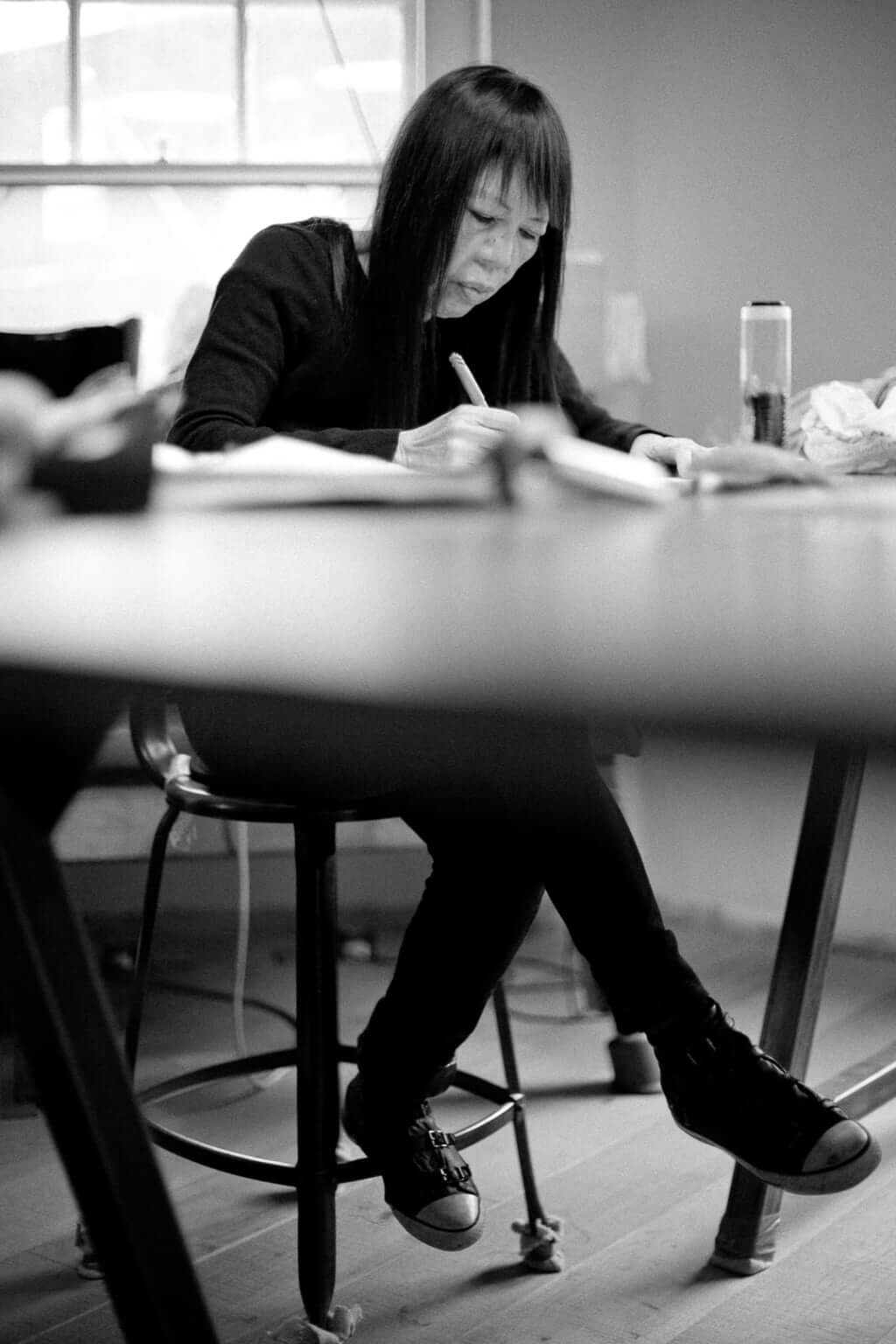
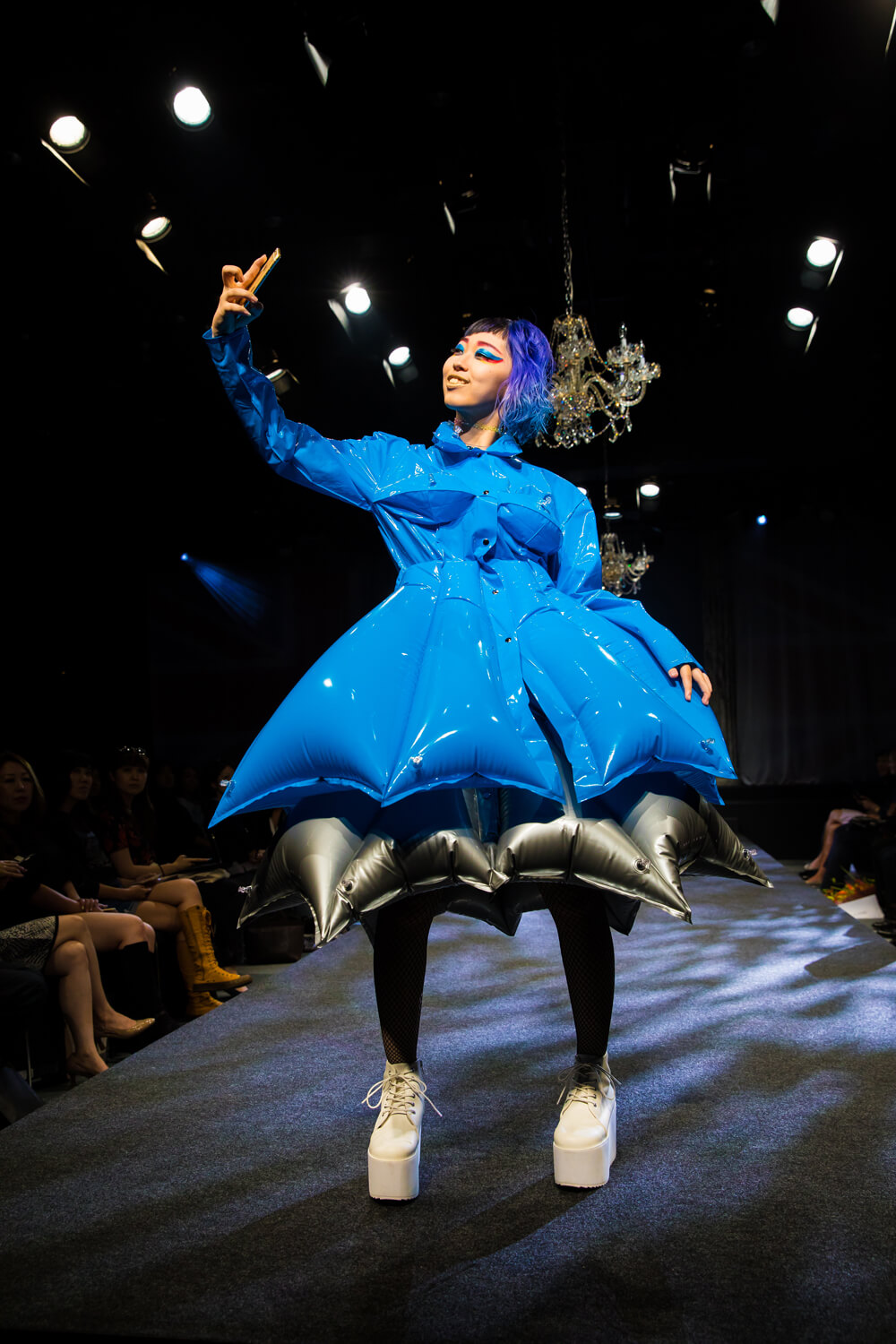
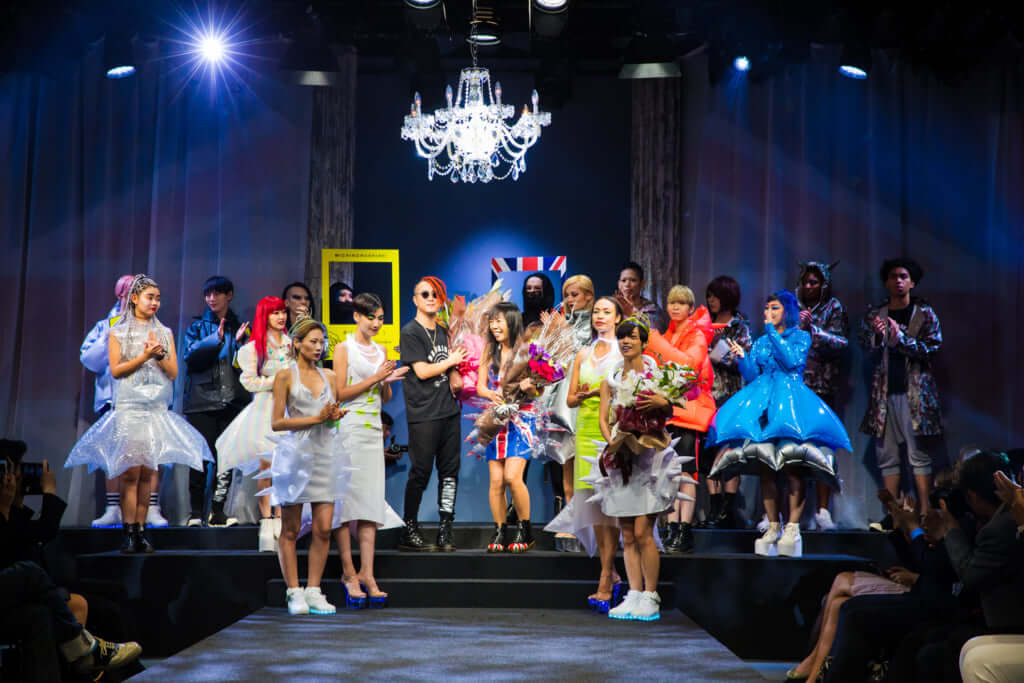
TRENDING
-
A Rare Japanese Garden Hidden Within Honen-in Temple in Kyoto
Visible only twice a year, ‘Empty River’, designed by landscape architect Marc Peter Keane, evokes the carbon cycle.

-
Colour Photos of Yakuza Tattoos from the Meiji Period
19th-century photographs have captured the usually hidden tattoos that covered the bodies of the members of Japanese organised crime gangs.

-
Recipe for Ichiraku Ramen from ‘Naruto’ by Danielle Baghernejad
Taken from the popular manga with the character of the same name who loves ramen, this dish is named after the hero's favourite restaurant.

-
Modernology, Kon Wajiro's Science of Everyday Observation
Makeup, beard shape, organisation of cupboards and meeting places: all of these details decipher 1920s Tokyoites.

-
Hitachi Park Offers a Colourful, Floral Breath of Air All Year Round
Only two hours from Tokyo, this park with thousands of flowers is worth visiting several times a year to appreciate all its different types.





